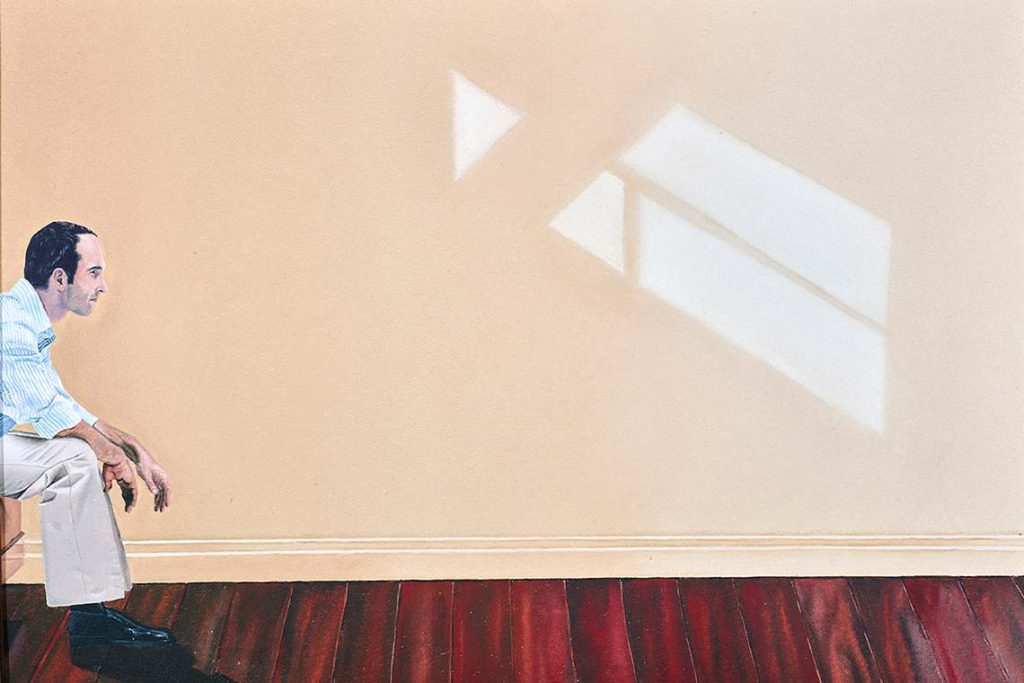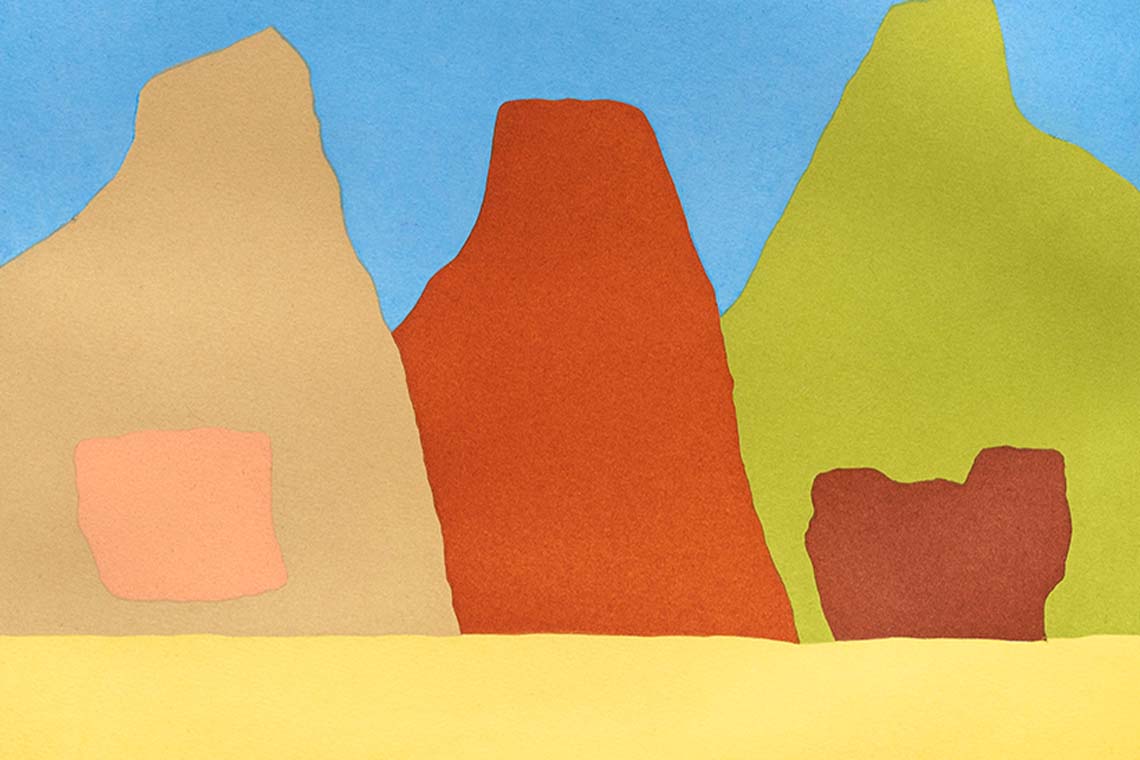Highlights from the collection of Erol Tabanca are gathered for Under Two Suns, an exhibition at the Odunpazarı Modern Museum in Eskişehir.
Thousands of faces turn to the camera in Turkish artist TUNCA’s painting Untitled from 2015. In the foreground are distinct smiles before the exuberant faces begin to blur, intimating at darker forces: the menace of the masses, the loss of individuality, exile. The acrylic-on-canvas work replicates the iconography of a historical photograph while forcing us to consider whether history changes with time and distance. It is on display in Under Two Suns, currently showing at the Odunpazarı Modern Museum (OMM) in the city of Eskişehir, southeast of Istanbul.
Curated by Aslı Seven, the exhibition proposes new ways of looking at the familiar. The 64 works on display are all drawn from the collection of Erol Tabanca, a construction magnate who founded the OMM in his hometown in 2019. Under Two Suns spans a century of mostly Turkish art, bookended by School of Paris painters and contemporary stars like Taner Ceylan and İnci Eviner.
“The collection’s historical depth is representative of art produced in Turkey throughout the 20th century, but it also supports contemporary work,” Seven, a Paris- and Istanbul-based independent curator and writer, said in an interview. “This opens up space for the audience to fill [about] the duality of the Sun, the transition from light to dark.”
Binary Suns can be found in Greek, Asian and indigenous American mythologies but are rooted in natural phenomena: parhelia created by refracted sunlight that tricks the eye into seeing multiple Suns on the horizon. Today, the atmospheric illusion may evoke less the life-giving energy than the dark side of the Sun as the climate crisis threatens to make swathes of our planet too hot to inhabit. The dichotomy also prompted Seven to investigate the act of mimicry. “Imitating one another, pretending to be someone else, has a very important place in all cultures,” she said. “How do we understand the importance of imitation, evolution and copying strategies in artistic production?”

At its most fundamental, painting itself is an attempt to reproduce the interaction of light with the world around us. A series by abstractionist Mübin Orhon from the 1970s reimagines light as bursts of colour emitted from a black canvas. Under Two Suns is the first time the Tabanca collection has displayed the paintings.
A self-described “emotional realist,” Ceylan’s self-portrait Citrus (2002) shows the painter partially obscured by the edges of the canvas while contemplating a reflection of sunlight on a bare wall. Sun-bathed mountains in three landscapes by Etel Adnan manifest the spiritual connection between humans and their natural surroundings. The work, all made in the last years of the Lebanese-American artist’s life before she died in 2021, are among the few by non-Turkish artists in the Tabanca collection.
The more than 1500-piece collection of mostly paintings is largely comprised of work from the 1950s onwards, including modernists like Nejad Melih Devrim and Abidin Dino, to current practitioners. “Since 2015, most acquisitions have been of young artists with the aim of supporting new work,” museum director Defne Casaretto tells Canvas. Seven “looks at the collection with a new eye, placing together generations of Turkish artists in an innovative composition,” Casaretto continues. “The installation tells a different story from the one we are used to hearing [and] her association of the collection with the museum’s architecture creates a dialogue with the building.”
Seven used polycarbonate panels, corrugated metal sheets and other raw construction materials to hang the work thematically on the OMM’s three floors. The introspective Mimetic Impulse occupies the lowest level, while Shore Scene on the second floor explores liminal spaces as humankind’s relationship with nature evolves. The top floor hosts Light Memory, where natural light marks the passage of time and lends a kind of kinetic energy to the art.

The stacked boxes that contain the OMM were designed by Japanese architect Kengo Kuma to allow sunlight through timber slats. A splash of modernity among Ottoman houses in Eskişehir’s historic Odunpazarı, the building pays homage to a firewood market that gave the district its name. The OMM was Turkey’s first purpose-built art museum when it opened and is a rare contemporary art institution outside of Istanbul, Turkey’s cultural centre of gravity. In the four years since its start, the OMM has become an anchor for a burgeoning community, as private galleries and art collectives move to Eskişehir. The OMM’s mission to support emerging artists has included a series of group exhibitions, and Under Two Suns marks the first return to the Tabanca collection since the museum’s inaugural exhibition.
Among the handful of video works in the current show is Fatma Bucak’s Suggested Place For You to See It (2013), half of a two-channel film in which female villagers discuss an off-screen performance by the artist on the vast, otherworldly Salt Lake of central Turkey. The inversion of spectator and art reinforces how the response – whether it is the viewer decoding art, photographing or mimicking it – is essential. “I think she’s imitating someone,” says one of the women in Bucak’s film. “It’s up to us to interpret it,” says another. A third concludes that the women are the real show. “Maybe we’ll get on the TV news. Maybe we’ll become internet sensations,” she says.
Under Two Suns runs until 28 July 2024



